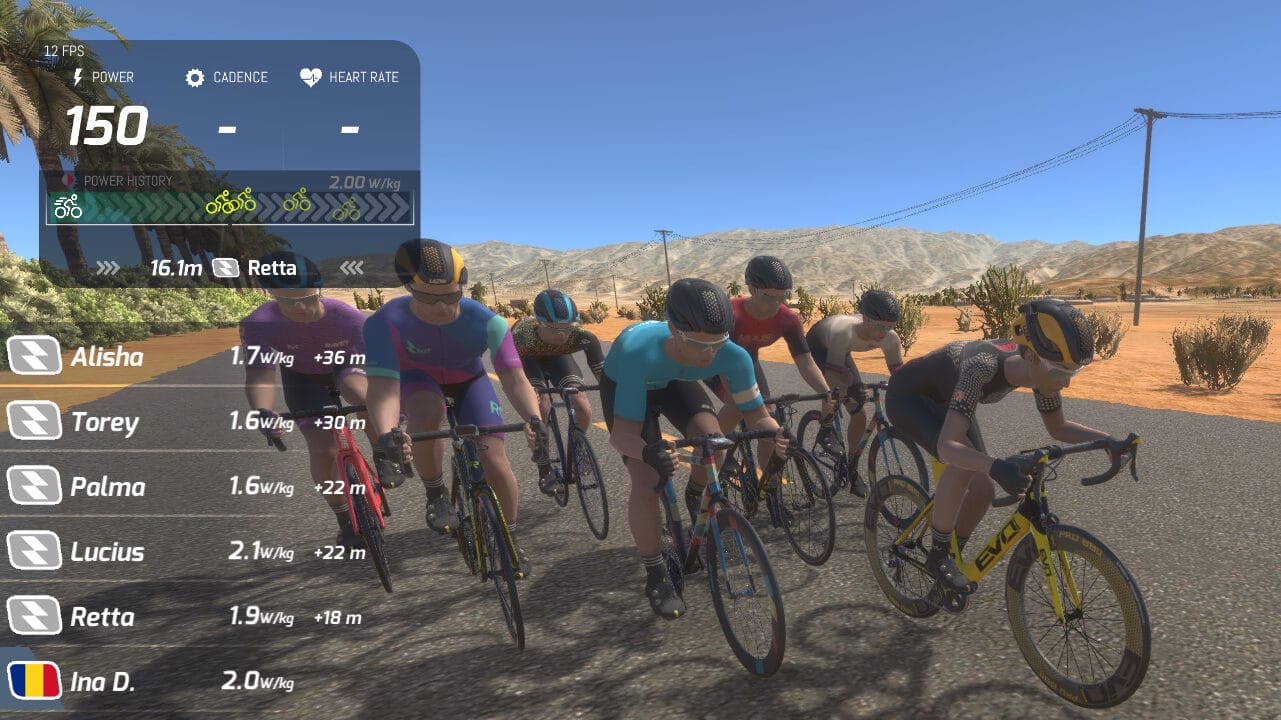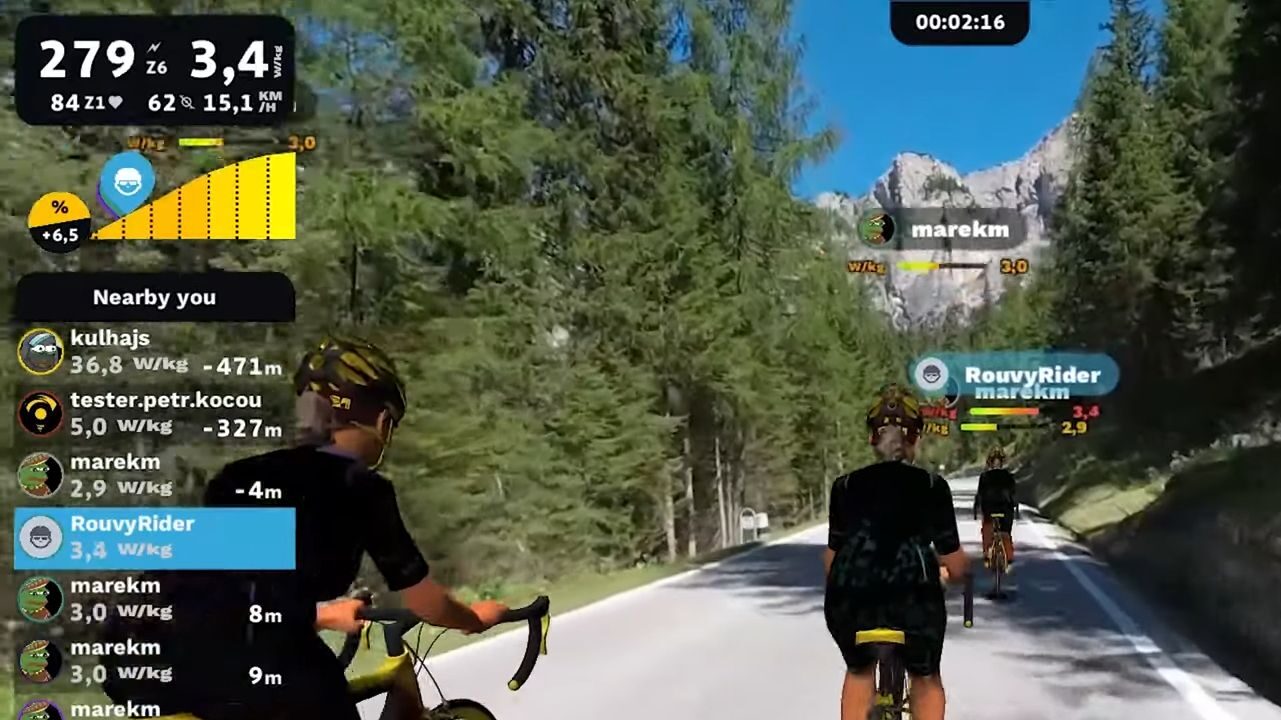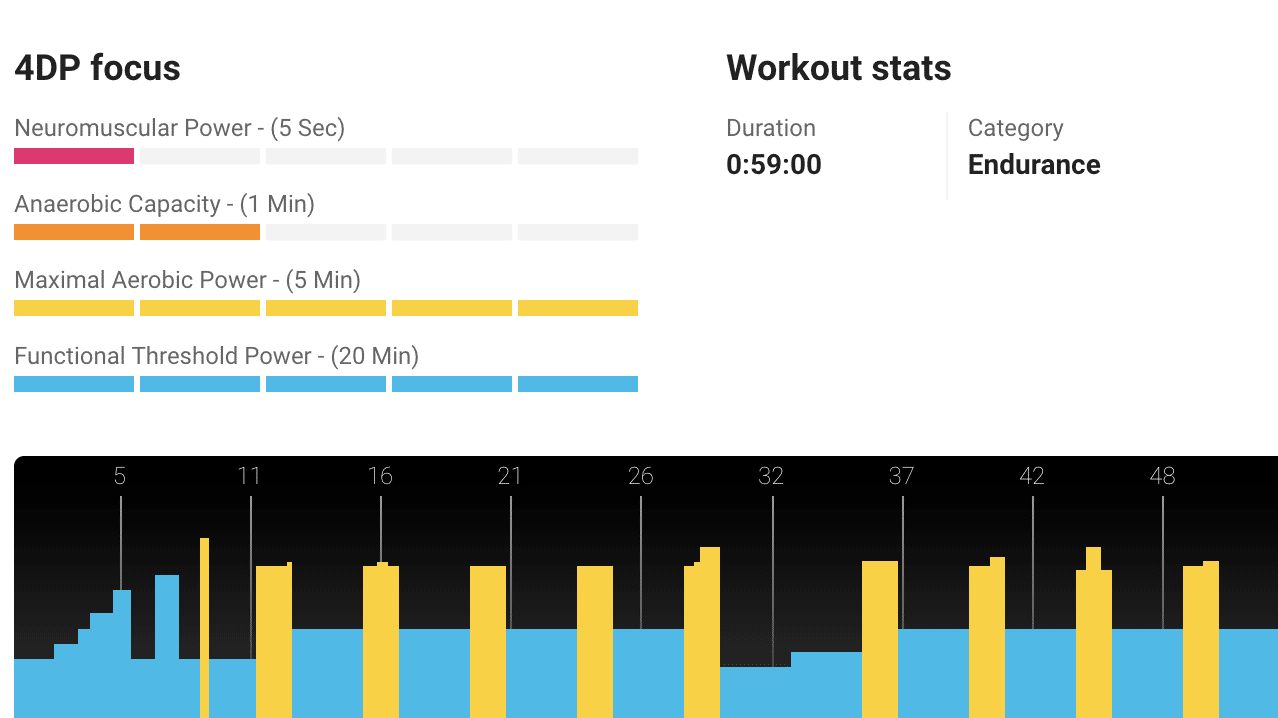For road cyclists – even the most hardcore – the thought of training exclusively indoors could compel any pro to sell their bike and take up chess instead (yes, like 60+ million households, we binge-watched The Queen’s Gambit on Netflix – but we digress). Indeed, until recently, indoor cycling beyond a local spin class was reserved for the most serious of racers who were determined to get a leg up on the competition through the off-season (powered by cycling apps or not).
Not anymore.
In recent years, indoor trainers have taken giant leaps in form and function, and cycling apps that have gamified indoor training are not just tolerable, but fun, too. Predictably, indoor trainers and cycling apps had a banner year in 2020 as the impacts of COVID-19 forced cyclists everywhere to train solo and (in some cases) exclusively indoors. Zwift made headlines for its rapid growth and capital raises, which it intends to leverage to build hardware. Still, there is a whole (virtual) world of apps out there with unique pros and cons – and the indoor cycling app that is right for you will depend on your goals and the type of riding in which you most want to indulge in 2021 and beyond.
We’ll cut to the chase: We tried six of the top indoor cycling apps over the span of a few weeks, and we couldn’t survive indoor cycling during a COVID-19 winter without them. But, given most of us will have to choose one, we put them head to head in three categories based on their predominant features (though most are, at least partially, all-rounders):
1. Real World Simulations: Zwift Versus RGT Cycling
2. Real Life Courses: Rouvy Versus FulGaz
3. Structured Training: TrainerRoad Versus The Sufferfest

Zwift and RGT Cycling have each built virtual simulations of real world courses (Zwift has even created an imaginary world – ‘Watopia’). It might seem counterintuitive, but virtual renderings of cycling routes can feel more realistic when riding online than videos of actual outdoor routes because they provide developers more flexibility to enhance the realism – from simulating the appropriate speed of the rider and other moving objects, to overlaying banners and timing markers, and even to enhancing the scenery with vivid colours.
Zwift is the undisputed leader in the indoor cycling app market, which means the race shouldn’t be tight, right? Not exactly. We were pleasantly surprised by our RGT Cycling experience and predict its future is bright as it sets out to grow its membership base – notwithstanding Zwift’s massive user base and sizable head start on creating courses.
The graphics in the apps are similar though Zwift is somewhat more eye-popping and RGT Cycling prevents riding through other objects. From a pure riding functionality perspective, we would argue that RGT Cycling has a more realistic set of algorithms to manage on-course speed. The drafting functionality feels more real and the fast downhills aren’t nearly as fast because the app brakes into tight corners. Advantage RGT Cycling.
Zwift stands apart from the rest given its additional features. While each app provides structured training workouts and group rides, the Zwift training library is far more extensive, offers easier uploading from partner apps (in the case of RGT Cycling, the user is required to send an e-mail to the RGT Cycling team), and even features the ability for users to create their own workout directly on the app. The group ride functionality is similar between the two apps, but – first – you’ll have to convince your friends to join RGT Cycling whereas most riders are already plugged into Zwift. Advantage Zwift.
Each of the apps offers reasonable value – Zwift because it is packed with features and RGT Cycling because there is a free option, and it’s just hard to beat free. If you think you will use all of the features offered by Zwift and can justify the cost, then it’s probably the right choice for you. On the flip side, if you are seeking a Zwift-like experience at a reduced cost and are happy (or happier) with sparsely populated roads, then RGT Cycling could be the app for you.

Rouvy and FulGaz simulate riding on real roads, which is enabled by video filmed from the perspective of a cyclist on location. This offers users the opportunity to ride in far flung corners of the world to which they might not otherwise get the opportunity to travel, or to pre-ride a destination race even before arriving. Paired with a smart trainer, these apps allow users to feel all the undulations under wheel and experience the most famed routes in the world, such as the Tour de France.
Rouvy dominates the course count with thousands of options from which to choose plus a decent search functionality to find a route suitable for any training session. While FulGaz doesn’t feature as many courses, there are still loads to choose from, and the search functionality is of similar quality. Advantage Rouvy.
Given the real life videos, the quality of the videography has a huge impact on the realism the user experiences while riding. Make no mistake: We didn’t encounter any maps on either platform that we would describe as low quality, but we did find that other moving objects were more of a distraction on Rouvy because of the way it is filmed. Given the FulGaz videos are filmed from the bike’s handlebars, leaning into corners and descending speeds brings the ride to life more compared to Rouvy. Advantage FulGaz.
The apps each have a collection of structured workouts, but Rouvy has a far more extensive offering with thousands of options. That said, only six play with a video whereas FulGaz’s more limited options can be paired with any video. Each of the apps allow users to upload their own workouts, but it is easier on Rouvy. Objectively, neither app is our go-to for structured workouts. Advantage Rouvy.
Group riding is different on each platform. Rouvy gets credit for its augmented reality platform, which allows users to see overlay images of other riders (as well as banners) on the real course videos – a fun feature for videos that could otherwise become somewhat boring if you ride the same course over and over and over again. That said, there is no app-based scheduling of rides on Rouvy. Instead, you must tell your friends when and where to show up. FulGaz, on the other hand, allows users to set up a ride and connect ‘on course’ (except they’re not actually exposed to each other beyond a leaderboard with riders’ names and real time watts/kg metrics). Because they’re dramatically different experiences, we’ll call this one even.
Overall, Rouvy has more to offer, but we’re fans of the videos and cycling perspective offered on the FulGaz app. Each of the apps provides competitive pricing, including the option to add family members for free. If you’re looking for a single app to do it all, then Rouvy is the app for you. If you’re after the top videography, then we recommend FulGaz.

This is our category for users that just want to ride – forget entertainment. Although that’s not entirely accurate (especially in the case of The Sufferfest), but these apps are more geared towards enabling riders to get faster rather than serving up the motivation users need to get their rides in over the winter. One thing is certain, there is more talk of science on these apps’ websites compared to the others.
TrainerRoad is as close as cycling apps get to acting like a virtual coach with its emphasis on users’ goals and long-term training plans. It even offers the ability for users to re-jig their schedule in a training plan if they miss a workout, which none of the other apps offer. Similarly, The Sufferfest provides an extensive offering of workouts and long-term training plans, but it doesn’t offer the flexibility or personalization that is a feature of TrainerRoad. Another gap for The Sufferfest is that it doesn’t provide users with the ability to upload their own workouts, which is too bad if you have a coach or otherwise want to craft your own sessions. Advantage TrainerRoad.
As far as entertainment goes, there is no debate. TrainerRoad recommends you bring your own. If you’re like us, then Netflix is a fine option. The Sufferfest, on the other hand, provides humour-laced videos of primarily onboard camera work from the pro peloton. We found them to be entertaining – even more so than we anticipated. Advantage The Sufferfest.
What about science? All of TrainerRoad’s workouts are based entirely on FTP, which is hard to criticize considering that is what most coaches and riders use. The Sufferfest provides a more complex set up, utilizing the rider’s power performance across four different time intervals. We don’t have our own data supporting The Sufferfest’s claims, but (intuitively) it makes sense – different energy systems require different specificity. Advantage The Sufferfest.
Overall, we kept going to back to The Sufferfest. That said, if you have a need to upload your own workouts, the recommended structured training app is TrainerRoad. We should acknowledge, too, that The Sufferfest plans to introduce that functionality as part of a future release, and it is slightly more cost effective – especially considering it offers yoga and strength training videos as well.
We’ve been tremendously spoiled to have had access to all of these cycling apps to bring you our review, and we could make an honest case to choose any one of them. But no one wants to read an ‘it depends’ review so we (somewhat reluctantly) choose Zwift as the top all-round indoor cycling app.
We can tell you from experience that riding an indoor trainer 15 years ago was entirely different – and more of an exercise of mental stamina. Ultimately, regardless of the app you choose, it’s never been more fun to ride indoors, for which we are grateful given it may be a while before we are jetting off to winter training destinations.
Full Disclosure: We're cyclists – not marketers – and we are not affiliated with any of these app providers. This is an independent review based on our own experience with the apps – to help you decide which one is right for you.
